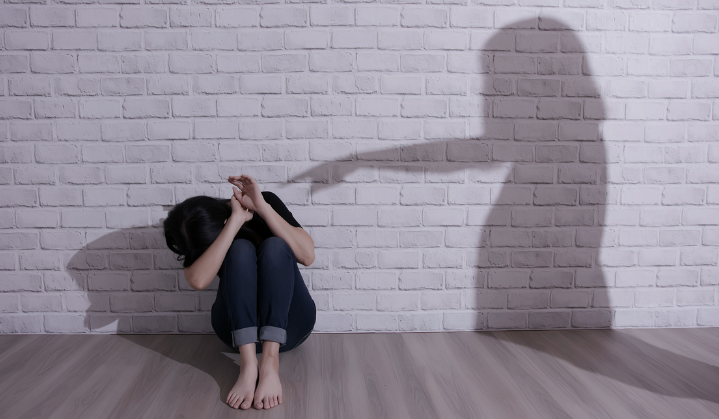Bullying is a form of repeated, unprovoked aggression towards another person, with the goal of hurting them or causing discomfort.
Victims usually struggle to defend themselves from bullies.
Bullying can be physical, verbal, or psychological; it can have long-lasting emotional effects, like anxiety, low self-esteem, depression, and suicide.
It’s fairly common, with 1 in 5 children aged 9 to 18 experiencing bullying at some point. Of that, 49% of children aged 9-12 and 35% of children aged 12-18 have been bullied.
Most often, children are bullied for belonging to minority groups (race, gender, sexual orientation, religion, etc.).
Today, we’ll learn about different types of bullying, the effect it has on children, and what we can do to help.
Types of Bullying
Verbal Bullying
Verbal bullies use language to gain power over their victims. Examples incl:
- Name-calling
- Teasing in a mean way
- Negative comments about appearance, race, culture, sexual orientation, gender, religion, etc.
- Unwanted sexual comments
Verbal bullying may be difficult to stop, as it’s less obvious and tends to happen when adults aren’t around.
Approximately 13% of children have been verbally bullied.
Social Bullying
Social bullies use aggressive methods to harm their victim’s social status and relationships. Examples incl:
- Public shaming or embarrassment
- Spreading rumors
- Purposely excluding or isolating the victim
- Telling others to avoid the victim
Social bullying is fairly common and can happen in person and online.
Sixteen percent of school-aged children report being the victim of rumors. Twenty percent of girls and 13% of boys said they’ve experienced intentional exclusion.
Physical Bullying
Physical bullies use or threaten violence to control their victims. Examples incl:
- Hitting
- Kicking
- Punching
- Spitting
- Chasing
- Poking
- Unwanted sexual touching
- Destroying physical belongings
Boys are victims of physical bullying slightly more than girls, at 6% and 4%, respectively.
Cyber Bullying
Cyberbullies use digital communication tools to intimidate and harass their victims. Examples incl:
- Sending threatening texts or emails
- Posting negative things about others online
- Blackmailing (such as leaking explicit pictures)
- Using digital tools to spread rumors, embarrass others, etc.
Twenty percent of children aged 9 to 12 have been cyberbullied, cyberbullied others or seen it happen. Fifteen percent of children aged 12 to 18 have been cyberbullied or done it to others.
It’s likely that if a child is being cyberbullied, they’re also experiencing in-person bullying.
Impact of Bullying
The effects of bullying can touch every part of a child’s life. Examples incl:
- Poor self-image and self-esteem
- Depression
- Anxiety
- Sleep problems
- Poor academic performance
- Dropping out of school
- Relationship problems
- Headaches
- Stomachaches
- Suicidal thoughts and actions
Warning Signs of Bullying
While open communication should be a priority with our children, they may not always want to tell us they’re being bullied. Some warning signs to look for include:
- Avoidance of certain activities, like taking the school bus or going to class
- Damaged clothing and other items
- Unexplained physical injuries
- Being withdrawn, irritable, or sad
- Eating changes
- Anxiety
- Changes in quality of schoolwork
- Sleep changes, nightmares
- Making excuses to not go to school
What to Do
- The majority of bullying takes place on school property (in the stairwell, classroom, cafeteria, or outside). This is why it’s important to tell our child’s school staff about the problem. That way, they can intervene and monitor the situation. Teachers and staff can be a safe place for our children during a bullying event.
- Don’t encourage children to ignore bullying, solve it themselves, retaliate, or tell them to change their behavior. The bully is the one who needs to change their behavior, not the victim. And it’s our job to advocate for our children, not force them to handle bullying alone.
- Provide emotional and social support. If our child is being bullied, they can benefit from warm, inclusive environments outside of school. A safe home environment and healthy extracurricular activities ensure our child won’t become isolated. Activities also give them a chance to build skills and boost confidence.
- Encourage children to talk about their experiences, whether at home, with a guidance counselor, therapist, etc.
- Encourage them to tell an adult when it’s happening. We can help them create a plan for how to respond to a bullying situation.
- Check out UCA’s suggested anti-bullying resources
Sources:
https://www.apa.org/topics/bullying
https://www.bullyingcanada.ca/get-help/
https://justsayyes.org/jsy-blog/social-bullying/
https://www.pacer.org/bullying/info/stats.asp
https://www.stompoutbullying.org/tip-sheet-signs-your-child-being-bullied

